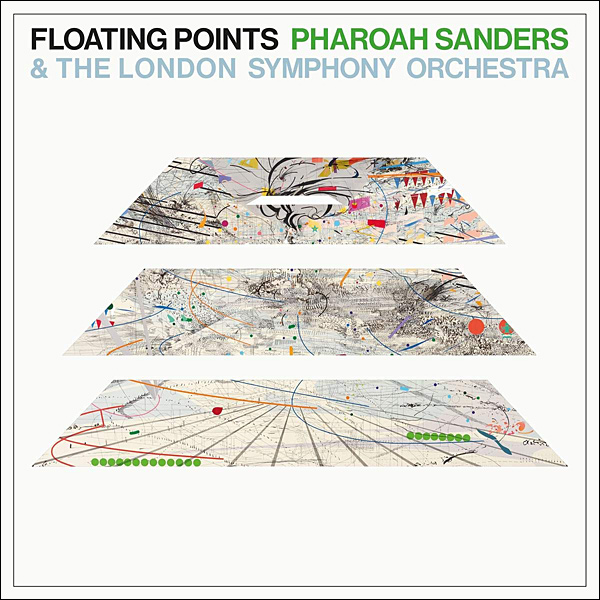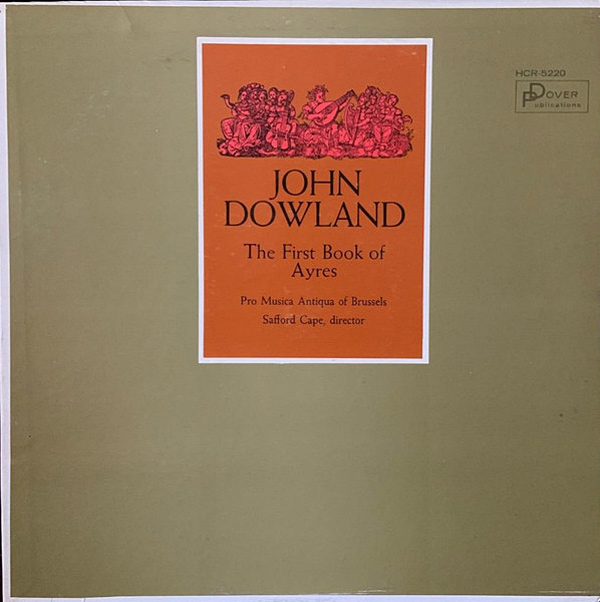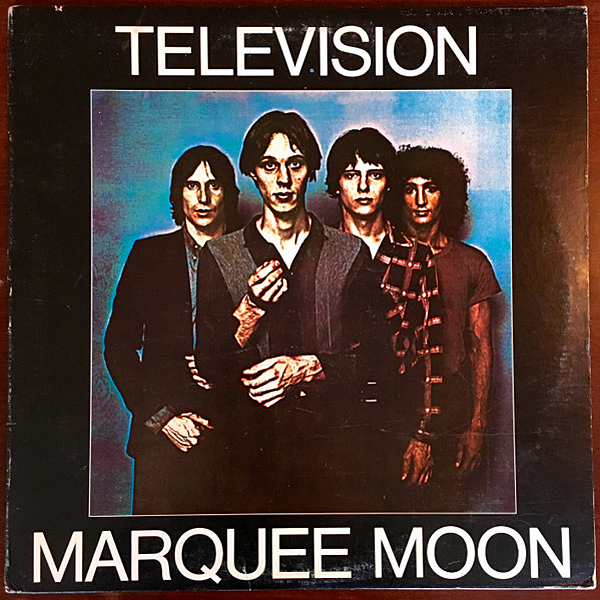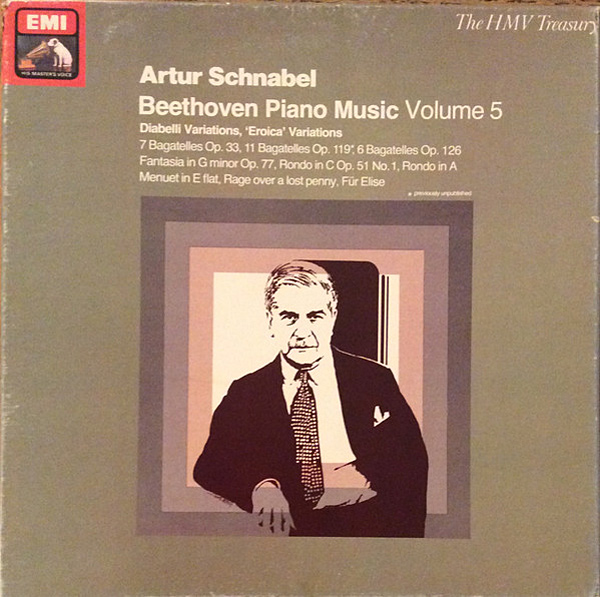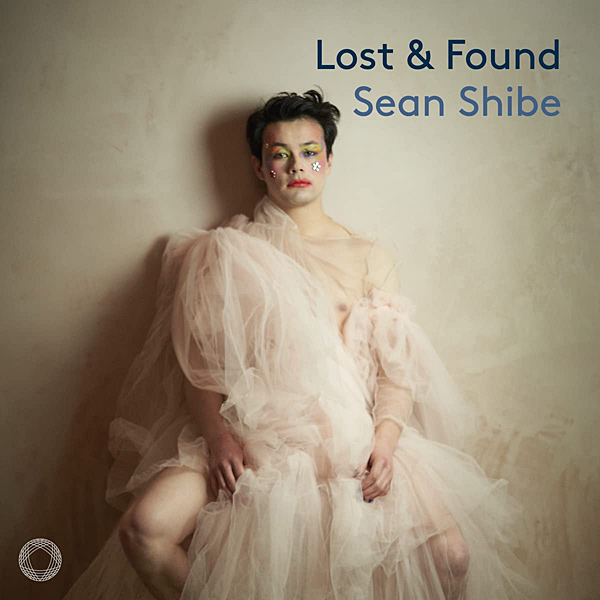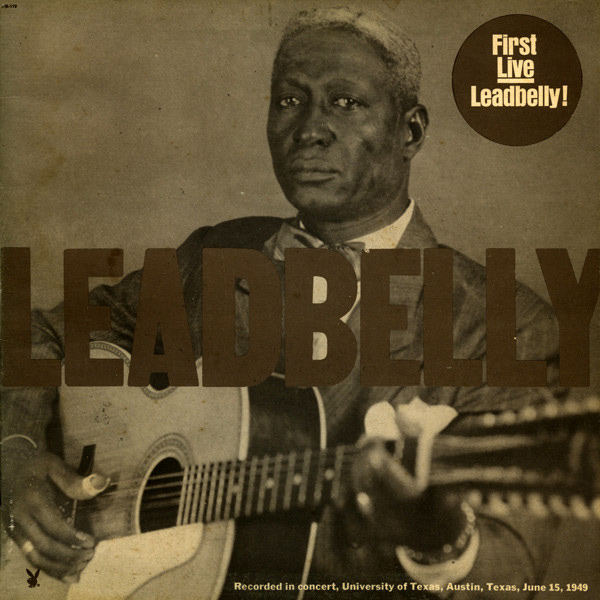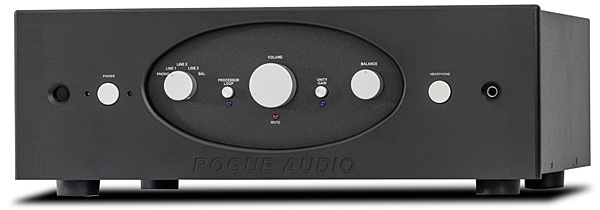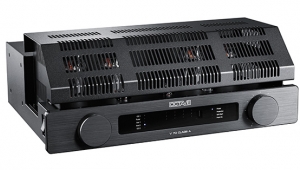| Columns Retired Columns & Blogs |
I really appreciate your personal insights on this as well as SET Tube-based amplification.
But what about single-ended transistor-based amps?
I've had my eye on the Audio By Van Alstine DVA-225 monos (SET), and I'd really like to put my ear on them sometime. Given their direct, custom order business model, it takes a bit more courage to audition.
I'm also searching out the Rogue hybrid power amps to feel them out as well.
I'd really like to see the market put out a GaN-based power amplifier for under $5k as well. I'm sure one day that will happen, given their burgeoning presence in the market now.
Very nice column as usual; I always feel like we know your brain and soul a bit more with every month's writing.
Happy Holidays to Herb and the rest of the Stereophile staff!
